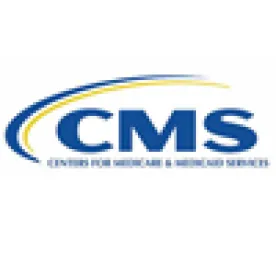On July 11, 2019, the Centers for Medicare and Medicaid Services (CMS) issued its Home Health Prospective Payment System proposed rule for 2020. The proposed rule implements a previously finalized reimbursement methodology for Home Health Agencies (HHAs) called the Patient-Driven Groupings Model (PDGM). The proposal reflects CMS’s continued efforts to shift towards value-based payment models in the Medicare program.
Background
Since 2000, HHAs have been paid under a prospective payment system (the HH PPS). Currently, the HH PPS includes a 60-day episode of care that includes all home health services. Payment for the episode of care is adjusted for case-mix and area wage difference. Episodes of care receive higher payments if certain therapy volume thresholds are met during the 60 days. The HH PPS also has a low utilization payment adjustment (LUPA), which reduces payment for an episode of care consisting of four or fewer visits. At the beginning of each episode of care, the HHA submits a Request for Anticipated Payment (RAP), and recieves approximately half the total episode of care payment upfront. The HHA receives the remainder of the payment after submitting a claim at the end of the 60 days.
The Proposed Rule and the Patient-Driven Groupings Model
The proposed rule implements the PDGM for HHA reimbursement. The PDGM makes considerable changes to the HH PPS. First, in alignment with the Bipartisan Budget Act of 2018, the episode of care length under the PDGM is reduced from 60 to 30 days. Second, CMS designed the PDGM steps to eliminate the use of the volume of therapy visits as a determinant of reimbursement level. Instead, beginning in 2020, the PDGM slots every patient into one of 432 case-mix adjustment payment groups. Payment groups are defined by a variety of factors, including clinical diagnosis, functional impairment level, and comorbidities. Reimbursement is based on the payment group each patient is slotted into, and therefore on the patient’s anticipated needs, rather than the volume of care rendered by the HHA.
The number of visits during each episode of care is still relevant. Rather than a standard, 4-visit LUPA, each of the 432 different PDGM payment groups has its own LUPA threshold based on the anticipated needs of patients in that payment group. Episodes of care that fall under the LUPA threshold for the relevant payment group are paid on a per-visit basis using the national per-visit rates. The LUPA for certain payments groups is likely to be substantially higher than the current 4-visit threshold. Episodes of care that results in an unusually large number of visits for a particular payment group may receive increased reimbursement through an outlier payment.
CMS is also proposing to phase out the RAP system. CMS is proposing to initially reduce the RAP split-percentage payment to 20 percent beginning 2020, and then eliminate RAPs and split-percentage payments entirely in 2021. After 2021, HHAs would submit a notice-of-admission at the start of care to alert CMS that a beneficiary is under a home health episode of care.
Potential Impacts on HHAs
Implementation of the PDGM may necessitate operational changes for HHAs. HHAs should prepare for the shift from a 60 to 30-day episode of care, as well as 30-day billing periods. Given the PDGM’s focus on clinical indicators as payment determinants, thorough and accurate documentation will be critical to HHA reimbursement. To that end, HHAs should ensure they are accurately capturing primary and secondary diagnosis codes, as well as clinical indicators related to functional impairment. HHAs should maintain an understanding of the LUPA thresholds applicable to their patient population. Finally, changes under the PDGM may justify HHAs spending the time and resources necessary to update their policies and procedures related to claims management, as well as staff training.
Next Steps
CMS is accepting public comments to the proposed rule through September 9th, 2019. We will continue to track developments to the proposed rule.




 />i
/>i

